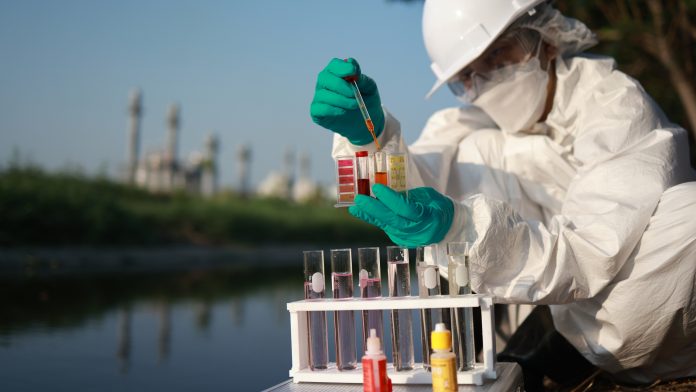The European Commission is asking for public feedback on its updated Safe and Sustainable by Design (SSbD) Framework. The SSbD Framework is a tool that is designed to support the development of safer and more environmentally friendly chemicals and materials
The public can offer their insights into the SSbD Framework until September 15, 2025, through a consultation and is welcome to respond from all sectors, including researchers, industry stakeholders, non-governmental organisations, and individual experts.
The feedback collected through this survey will help shape the upcoming Commission Recommendation that will revise the current assessment framework. This revision plays a crucial role in the EU’s wider plans to promote innovation, supporting industrial competitiveness while also protecting human health and the environment.
A tool for innovation and safety
The SSbD Framework serves as a decision support system, guiding developers and businesses in steering their innovations toward safety and sustainability throughout a product’s entire lifecycle. From raw materials to disposal, the SSbD Framework provides a structured guide to ensure that chemicals and materials meet high environmental and safety standards.
The revised version of the SSbD Framework introduces new features that help innovators assess their products more comprehensively. These include a Scoping Analysis tool to help developers understand and define early-stage innovation parameters, a harmonised safety assessment methodology, and a benchmark for evaluating environmental sustainability.
Early-stage innovation
One of the main focuses of the public consultation is to evaluate the applicability of the framework to innovations at low Technology Readiness Levels. The Commission is particularly interested in understanding how practical the framework is for these emerging technologies, and how valuable its tools are for guiding innovation from the ground up.
Another area of interest is how well the SSbD Framework supports assessments of socio-economic sustainability. The EU aims to ensure that safer and more sustainable products are not only beneficial for the environment and health but also make economic sense for companies, workers, and consumers.
The impact of stakeholder input
The current revision of the SSbD Framework is the result of a two-year testing process. Over 80 case studies were conducted, and feedback was gathered through stakeholder workshops and various consultation rounds. These insights have helped shape a more user-friendly and versatile framework, adaptable to different types of chemicals, materials, and innovation stages.
The revised SSbD Framework remains a voluntary tool; however, its influence is expected to grow as it becomes the foundation for future EU policy on chemical and material safety. It also plays a vital role in strengthening the EU’s position as a leader in sustainable innovation and green industry transformation.
The green and digital transition
By aligning industrial innovation with the EU’s sustainability goals, the SSbD Framework supports the broader plans of the European Green Deal and the Chemicals Strategy for Sustainability. It encourages the design of products that are not only high-performing but also safer for people and ecosystems.
Feedback from this survey will directly inform the final adjustments to the SSbD Framework and help ensure it meets the needs of a wide range of users while supporting the EU’s long-term goals for health, environmental protection, and industrial resilience.
The survey is open until 15 September 2025. Stakeholders across all sectors are encouraged to contribute their perspectives and experiences. The final Commission Recommendation, based on this input, is expected to be published later in 2025.











